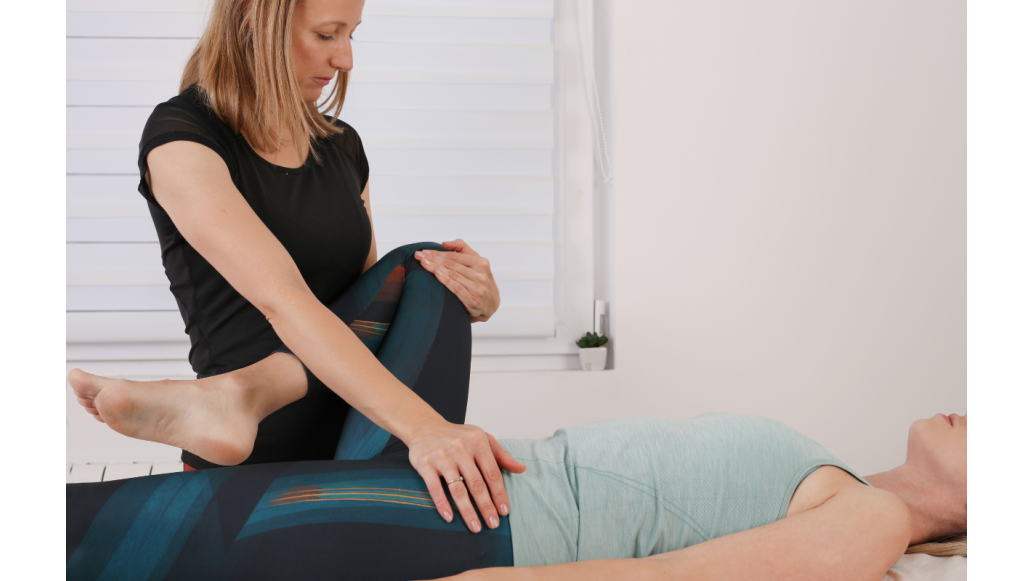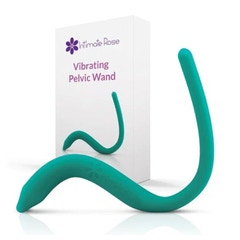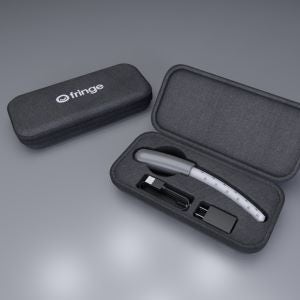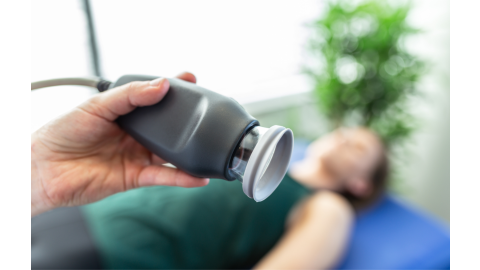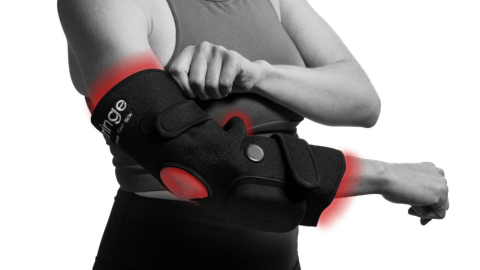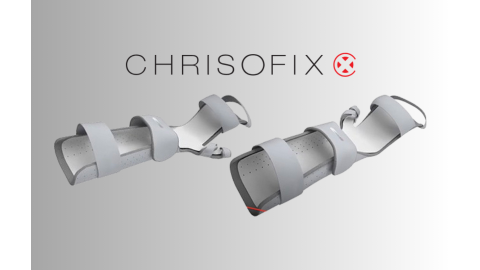Emerging non-invasive therapies such as red light therapy and vibration therapy are gaining momentum in women’s pelvic health. These technologies offer supportive alternatives to conventional treatments for conditions like chronic pelvic pain (CPP), urinary incontinence, and pelvic floor muscle (PFM) dysfunction—areas where many women often experience gaps in effective care.
Drawing from recent clinical studies and articles such as Fringe Heals’ discussion on “Light Therapy and Vibration for Female Pelvic Health,” this article explores the science behind these modalities and their potential applications in pelvic rehabilitation.
What Is Red Light Therapy?
Red light therapy uses low-level red and/or near-infrared light to penetrate tissue and stimulate cellular function. This process, known as photo biomodulation (PBM), enhances energy production in cells, improves circulation, and reduces inflammation—key factors in managing pelvic pain.
Reported Benefits for Pelvic Health:
- Reduction in inflammation and discomfort
- Improved blood flow to pelvic tissues
- Tissue regeneration support
- Non-invasive and well-tolerated alternative to medications
Clinical Highlights:
- A 2021 pilot study (Chaves et al.) involving 13 women found transvaginal PBM significantly reduced pelvic pain, with sustained relief reported up to 6 months post-treatment.
- Another 2021 observational study (Grinberg et al.) with 128 participants noted improvements in sitting tolerance, pain during intercourse, urinary symptoms, and quality of life metrics.
Recommended Product:
What Is Vibration Therapy?
Vibration therapy applies mechanical oscillations to the body, either locally or through whole-body vibration (WBV) platforms. These vibrations stimulate muscle relaxation (at low levels of vibration) and muscular activation and facilitation (at higher levels of vibration) and neuromuscular activity, which can help relax or activate pelvic floor muscles, depending on the level of vibration used.
Key Mechanisms:
- Enhances neuromuscular relaxation and activation of the pelvic floor muscles
- Improves coordination and proprioception
- Promotes lymphatic drainage and circulation
Evidence-Based Benefits:
- Improved muscle strength
- A randomized clinical trial (Lisboa et al., 2016) found that WBV improved PFM strength and quality of life in women with stress urinary incontinence.
- Enhanced muscle activation
- A BMC Urology study (Games et al., 2015) observed that WBV stimulated higher PFM engagement in healthy, continent women.
Recommended Product:
When to Consider Light and Vibration Therapy
These therapies may be suitable for individuals experiencing:
- Chronic pelvic pain (including endometriosis-related pain)
- Urinary incontinence (stress, urge, or mixed types)
- Pelvic floor weakness due to childbirth, aging, or inactivity
Who Might Benefit the Most:
- Postpartum women recovering from vaginal or cesarean deliveries
- Patients who have plateaued or are not seeing the benefits from their current pelvic program
- Women seeking holistic, drug-free solutions for pelvic dysfunction
- Women in peri-menopause or menopause who may be suffering from vaginal dryness, discomfort, incontinence, or pelvic organ prolapse
Integrating Red Light and Vibration for Synergistic Results
Combining both modalities may offer compounded benefits:
Red Light Therapy
- Reduces pain and inflammation by enhancing mitochondrial function
- Increase circulation
- Increase tissue rejuvenation
- Reduce tissue dryness
- Increase cellular energy production
Vibration Therapy
- Builds muscular strength by stimulating neuromuscular activity
- Low level vibration helps relax tight or overactive muscles
The Fringe Red Light Pelvic Wand has the added option of using blue light which may have powerful effects on pathogenic microbes that can infect the vagina, such as candida, while red light may have positive effects on the microbes that comprise the microbiome, including the vaginal microbiome.
5 Tips for Safe and Effective Use
- Consult a pelvic health specialist before starting any therapy.
- Start with gentle, low-frequency sessions, particularly with vibration.
- Use FDA-cleared devices designed for pelvic applications.
- Monitor for symptom improvement, including pain, bladder control, and mobility.
- Combine with guided pelvic floor exercises for best results.
Conclusion
Red light and vibration therapies present promising non-invasive approaches for improving female pelvic health. By targeting both muscular function and inflammation, they address multiple aspects of pelvic floor dysfunction. While more large-scale studies are needed, current evidence and patient experiences point to their growing value in clinical and at-home pelvic care strategies.
These technologies empower women to take a more active role in their recovery and ongoing pelvic health—bringing light and strength to an often-overlooked area of well-being.
Top Product Recommendations
Medical Disclaimer: The information provided on this site, including text, graphics, images, and other material are for informational purposes only and are not intended to substitute for professional medical advice, diagnosis, or treatment. Always seek the advice of your physician or other healthcare professional with any questions or concerns you may have regarding your condition.
References
- Chaves, M. E. A., Araújo, A. R., Piancastelli, A. C. C., & Pinotti, M. (2021). Transvaginal photobiomodulation therapy for chronic pelvic pain: A pilot study. *Photobiomodulation, Photomedicine, and Laser Surgery, 39*(12), 754–760. https://doi.org/10.1089/photob.2021.0023
- Grinberg, K., Sela, Y., & Avni, R. (2021). Observational study on the use of photobiomodulation for chronic pelvic pain and related dysfunctions. *Clinical and Experimental Reproductive Medicine, 48*(4), 261–268. https://doi.org/10.5653/cerm.2021.04398
- Lisboa, R. C., Monteiro, R. L., da Silva, J. P., & Pereira, V. S. (2016). Effects of whole-body vibration on pelvic floor muscle strength and quality of life in women with stress urinary incontinence: A randomized controlled trial. *Brazilian Journal of Physical Therapy, 20*(5), 460–468. https://doi.org/10.1590/bjpt-rbf.2014.0176
- Games, K. E., Sefton, J. M., & Wilson, A. E. (2015). Whole-body vibration and pelvic floor muscle activation in young, continent women. *BMC Urology, 15*, 111. https://doi.org/10.1186/s12894-015-0103-9
- Fringe Heals. (2024). *Light therapy and vibration for female pelvic health*. https://fringeheals.com/blog/light-therapy-and-vibration-for-female-pelvic-health/
This article was written with the help of AI








 France
France Australia
Australia